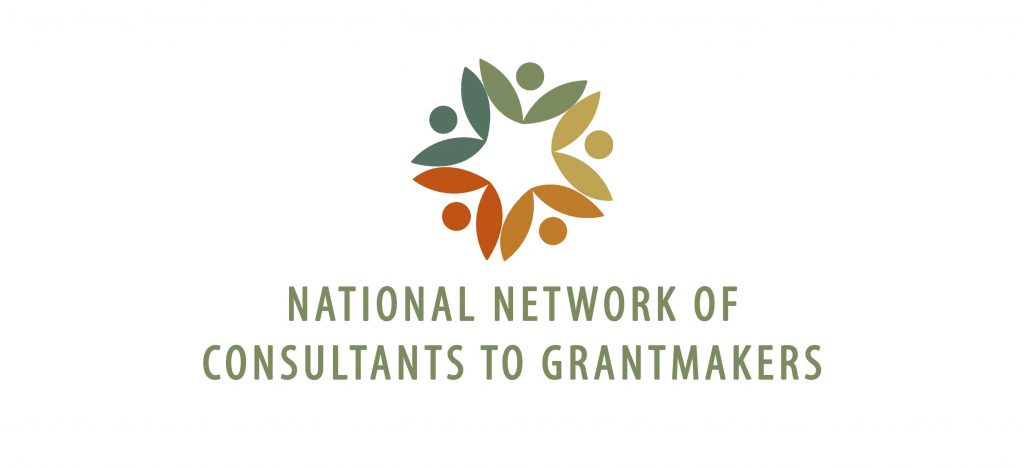This is a guest post by NNCG member Erica Ekwurzel. It was originally posted in her newsletter and is reposted here with permission.
 I’ve been reflecting on what it means to work together and connect deeply with each other, and the communities we serve, even when we are physically apart. I’ve seen terrific examples of this recently in my work with donor collaboratives—the power of people coming together to give together. This is how funders go far in their impact.
I’ve been reflecting on what it means to work together and connect deeply with each other, and the communities we serve, even when we are physically apart. I’ve seen terrific examples of this recently in my work with donor collaboratives—the power of people coming together to give together. This is how funders go far in their impact.
In this moment, my focus on funder collaboratives is inspired by my work in supporting the RGK Center for Philanthropy and Community Service at The University of Texas at Austin (my graduate alma mater). CivicAIM is helping design and facilitate a series of virtual events in honor of their milestone 20th anniversary. The series programming will connect an array of grantmaking organizations and donors around best practices and cutting-edge work in philanthropy. The first program is focused on the power of collaboration.
As I contemplate funder collaboratives throughout the field of philanthropy, I find that collaboration can be a catchall term that means different things to different people. Yet, it typically means working together to create a bigger impact.
Funding partnerships, typically called funder collaboratives or pooled funds, are a highly engaged form of collaboration. They bring people together around a common mission, and involve sharing resources and/or expertise to meet specific goals in giving.
Funder Collaboratives Demystified
Typically, there are three types of funder collaboratives, each with varying degrees of engagement:
A learning network is a group of funders who come together to hear about what’s happening in a field or issue area, share information, and explore grant strategies. Members might invite speakers to educate them on specific issues, and may find opportunities to align some of their giving.
Strategic alignments attract funders who share a mission or grantmaking goal, and who work together to gain publicity, traction, and impact. Although the funders collaborate on certain projects or support some of the same grantees, they may do their grantmaking independently.
A pooled fund allows funders to contribute to a collective “pot” of money, from which they make grants. Typically, one member, such as a community foundation, houses the funds. Some pooled funds require a lot of time and energy from each partner, whereas others require a simple financial commitment.
Not every collaborative will fit neatly into one of these types. As unique are individual donors, so, too, are donor collaboratives. Participants will often choose aspects from each, based on the group’s goals, and design their own structure and ways of engaging.

